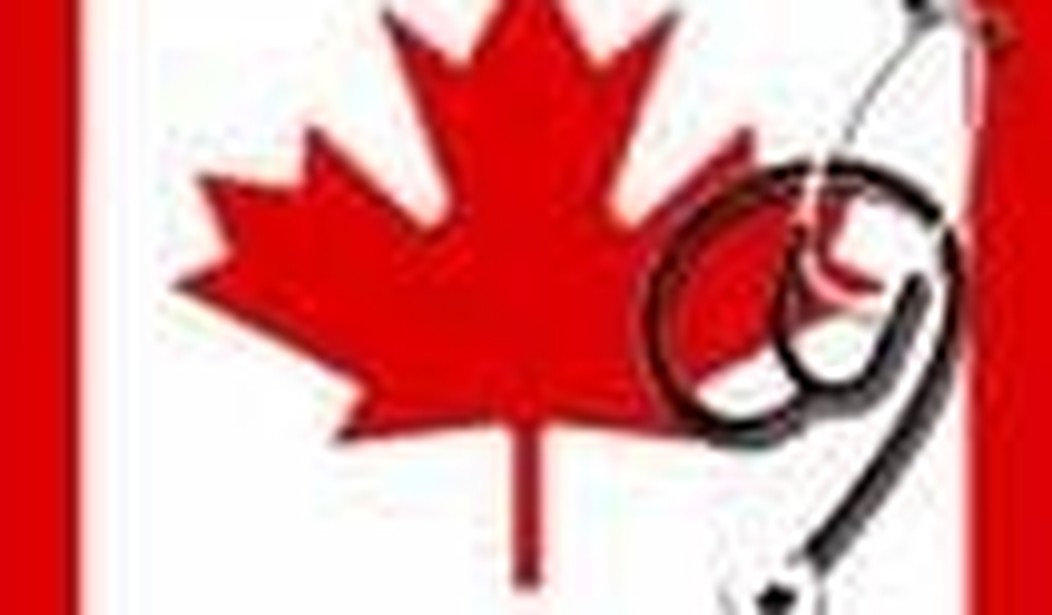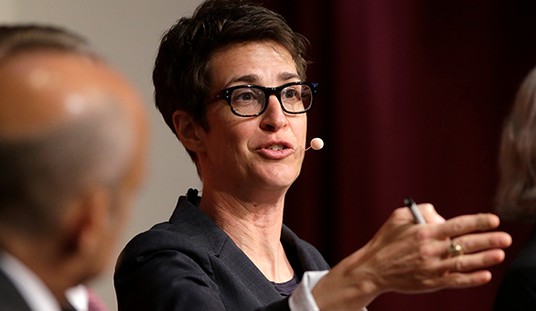Canadians are proud of their social safety net. Growing up in the True North, Strong and Free, I was never afraid of not being able to afford to go to the doctor and I knew that there were programs out there that magically took care of the sick and poor. Though I’ve never had to take social assistance, family members of mine have.
But it wasn’t until I started paying taxes that I started to hold the system to higher expectations. And it wasn’t until I started getting some real world experience that I realized that in some ways the system is very broken.
If US health care is broken due to its inaccessibility, Canadian health care is broken because it’s too accessible. Imagine that US health care has ten doors with different admission costs. The line up for the ‘free’ door is long, but there’s still a steady stream at the other end where the entry is so expensive that there’s a sign overhead reading “if you have to ask – you can’t afford it”.
In Canada, there’s one door. And, lucky you, there’s no admission. Well, unless you count the provincial health care fees you have to pay if you make more than the accepted poverty level. And those pesky taxes.
Health care costs make up, on average, 40 percent of a province’s budget. About 73 percent of all health care is paid for by public funding (taxes), while the rest is paid for with supplementary insurance packages (paid for by the individual) and employer-based programs, or direct from the consumer’s pocket.
But that one door? It has a heck of a lineup.
Across Canada the words “wait times” are buzz words. They show up in campaign promises, opposition criticism and anywhere you find sick people. Provinces have developed “wait time registries.”
What’s the median time for an MRI in Alberta? Almost 9 weeks. And for about 360 of the 18,839 people served in a 90 day period, their wait was up to a year. Granted, if you arrive in the ER in desperate and dire need of an MRI, you are rushed to the front of the line. The rest just wait. Not knowing, wondering, waiting.
In Ontario, if you learn you have cancer one of the first things you’ll do is develop a treatment plan. If this includes radiation, the median wait time before you can actually have that radiation is over a month. As of August 2007, if you were diagnosed with breast cancer in Ontario this year, you had about a 50 percent chance of waiting longer than two weeks to even see your specialist for the first time.
I am the mother of a child with asthma. When my son had difficulty breathing randomly through the winter, I sought treatment. First I made an appointment with my doctor (2 week waiting time) so I could obtain a referral to a specialist. (In Canada you cannot just go to a specialist, you must get a referral from the gatekeepers: family doctors. Oh, and about 5 million Canadians don’t have one of those.) It took about six weeks for the specialist to get back to me with how long I’d have to wait for my son’s appointment: 12 months. Did I mention that periodically he couldn’t breathe?
Earlier this month, a friend’s wife was told that she had pre-cancer cells detected during her yearly Pap Smear. Her doctor advised her that cervical cancer would be the next step and was concerned that the same test one year earlier had not yielded one single pre-cancer cell, intimating that this had come along suddenly and therefore could quickly become cancer. He referred her to a specialist for further testing. Her appointment is February 2008.
Socialist Canadian health care is wonderful if you are an emergency case. If you can wait, trust me, you will.
Even the Canadian Medical Association is staging a revolt. Dr. Brian Day states on his site:
Our system was built to meet the needs of the underprivileged. It is now failing both them and everyone else, because it has not adapted to the times. The greatest deficiencies are in the poorest regions of our nation, especially aboriginal communities. Our health system has been ranked 30th by the World Health Organization. If a hockey team were one of the most expensive in the league, but ranked 30th, would we not hold the owners and managers responsible? You all know the answer.
Due to the Canada Health Act, Canadians are prevented from paying for any medical procedure if it is provided free of charge to others. They are also prevented from buying any sort of private medical insurance. Fortunately, Dr. Day wants to change that.
Let’s be clear: Canadians should have the right to private medical insurance when timely access is not available in the public system … Doctors must reject our government assigned role as a gatekeeper without a key to the gate. The Canada Health Act must be updated for this century.
The issue of child care is handled very differently, depending on which province you are in. Some have subsidized or publicly funded facilities, others strictly private, and some a mix.
Since 1970, both Liberals and Conservatives have been tossing about the idea of a “national child care program” or “national day care strategy.” But in 1997 Quebec began its own provincial day care program at the bargain basement price of $5 per day. A decade later, it’s $7 per day. However, only one in five Quebec kids has access to these spaces because the demand exceeds the supply. Yet the province still keeps the cost low. It was this program that became the touchstone for the Liberal government’s 2004 plan to create a quarter million more child care spaces in Canada. When the government fell shortly thereafter, Conservative Prime Minister Stephen Harper scrapped that plan for another called “Choices In Childcare” or the “Universal Child Care Benefit,” which gave parents a taxable $100 for every child under six. The rationale was that this would benefit every parent no matter what choices they made for childcare: family, day home, day care, babysitter…
But exactly how does Canada measure up when it comes to taking care of our children? Surely a socialist country like ours would place high priority on raising children. It takes a village, right?
The Organization for Economic Co-operation and Development (OECD) ranked 14 countries on their early education child care. Canada ranked last. Only 0.2 percent of our GDP is earmarked for early childhood development. That’s not much of a village.
So who is benefiting from lower, subsidized day care spaces in Quebec? You’d think that it would be designed to help lower income families. According to a report issued by the Montreal Economic Institute, that’s not so.
Let us take the example of a household with one child in daycare and family income of $28,000. We can measure the financial gain or loss if the family is paying $7 a day as compared to $26 a day for an unsubsidized space. At the provincial level, daycare fees of $26 a day are eligible for a 75% refundable tax credit, or $19.50. This results in a net cost of $6.50, which works out to less than the current $7 subsidized rate. Tax consequences at the federal level results in the household losing even more. The amount paid for daycare affects net family income and thus also affect the Canada Child Tax Benefit, the GST credit and income tax. According to calculations by a tax specialist, a household with $25,000 in income, consisting of a single parent with two children (one of whom is in day care), would lose the equivalent of $1350 a year by using a $7-a-day childcare services as opposed to a $26-a-day childcare. For a household formed by a couple, the loss would be $1264. In contrast, a couple with family income of $60,000 would come out $935 ahead using the $7-a-day childcare rather than a $26-a-day childcare and a couple with $90,000 in income would come out $2,330 ahead. The policy thus provides the greatest benefit to upper-income families, who as it turns out make greater use of subsidized daycare services.
To add fuel to this fire, national childcare advocates are pushing for the government to further restrict private daycare options in Canada, after an Australian company – 123 Busy Beavers – began buying up Canadian day care centers. The company’s only crime seems to be that it’s the largest such company in the world.
It seems to me that a little free-market competition might help to keep the costs reasonable and the options open for Canadian parents.
It’s clear that the Canadian brand of socialism is no longer effective. Canadians are clinging to the safety nets of “free health care” and “subsidized programs” without thinking things through. They don’t stop to ask themselves “what would happen if the tax money currently earmarked for health care and subsidies stayed in my pocket?”
If Canadian socialism can’t take care of the children and the sick, what exactly is it here for?
Heather Cook lives in Calgary, Alberta with her husband, a former U.S. Army officer, and two children. She can be found online at heather-cook.com.









Join the conversation as a VIP Member